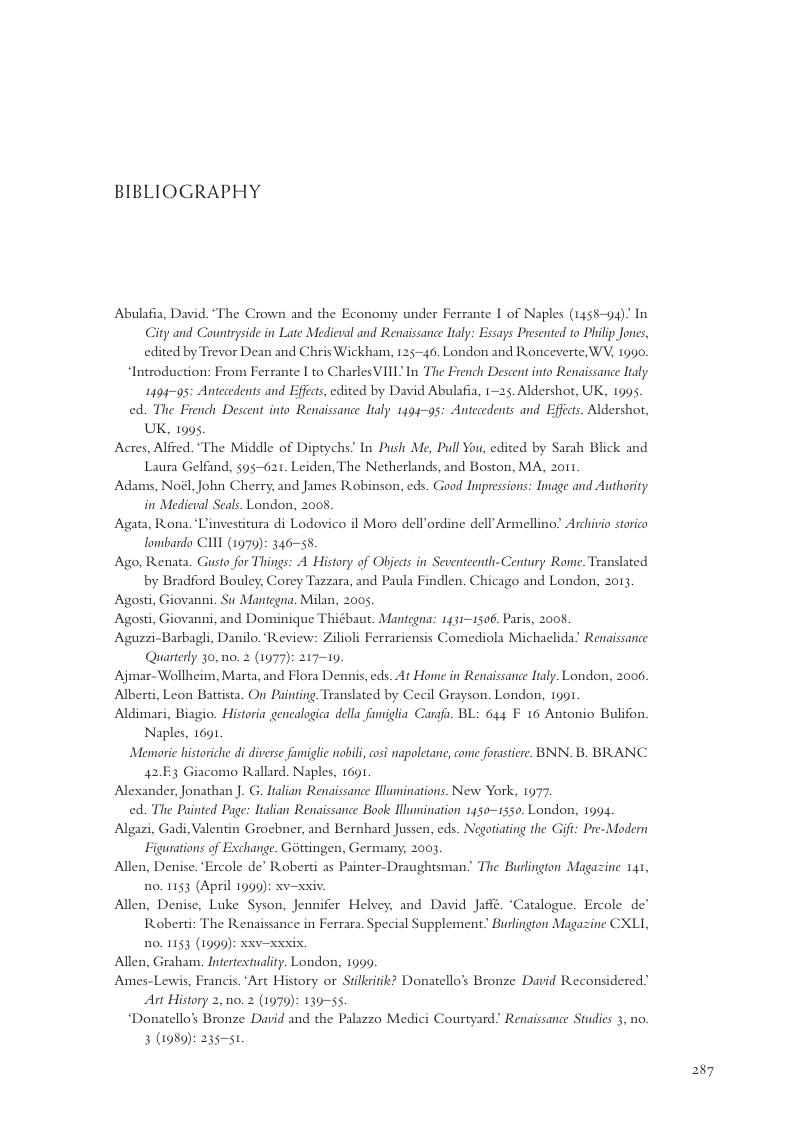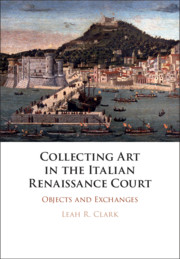Book contents
- Collecting Art in the Italian Renaissance Court
- Collecting Art in the Italian Renaissance Court
- Copyright page
- Contents
- Illustrations
- Colour Plates
- Acknowledgements
- Introduction: Mobile Objects and Sociable Exchanges in the Renaissance Court
- One Carafa’s testa di cavallo: The Life of a Bronze Gifthorse
- Two Practices of Exchange: Merchant Bankers and the Circulation of Objects
- Three Intertextuality and Collection at the Court of Ferrara: Roberti’s Diptych
- Four The Order of the Ermine: Collars, Cloaks, and the Circulation of the Sign
- Conclusion: Towards a New Understanding of Objects at Court
- Appendix: Eleonora d’Aragona’s Inventories
- Notes
- Primary Archival Sources
- Bibliography
- Index
- References
Bibliography
Published online by Cambridge University Press: 15 June 2018
- Collecting Art in the Italian Renaissance Court
- Collecting Art in the Italian Renaissance Court
- Copyright page
- Contents
- Illustrations
- Colour Plates
- Acknowledgements
- Introduction: Mobile Objects and Sociable Exchanges in the Renaissance Court
- One Carafa’s testa di cavallo: The Life of a Bronze Gifthorse
- Two Practices of Exchange: Merchant Bankers and the Circulation of Objects
- Three Intertextuality and Collection at the Court of Ferrara: Roberti’s Diptych
- Four The Order of the Ermine: Collars, Cloaks, and the Circulation of the Sign
- Conclusion: Towards a New Understanding of Objects at Court
- Appendix: Eleonora d’Aragona’s Inventories
- Notes
- Primary Archival Sources
- Bibliography
- Index
- References
Summary

- Type
- Chapter
- Information
- Collecting Art in the Italian Renaissance CourtObjects and Exchanges, pp. 287 - 314Publisher: Cambridge University PressPrint publication year: 2018



